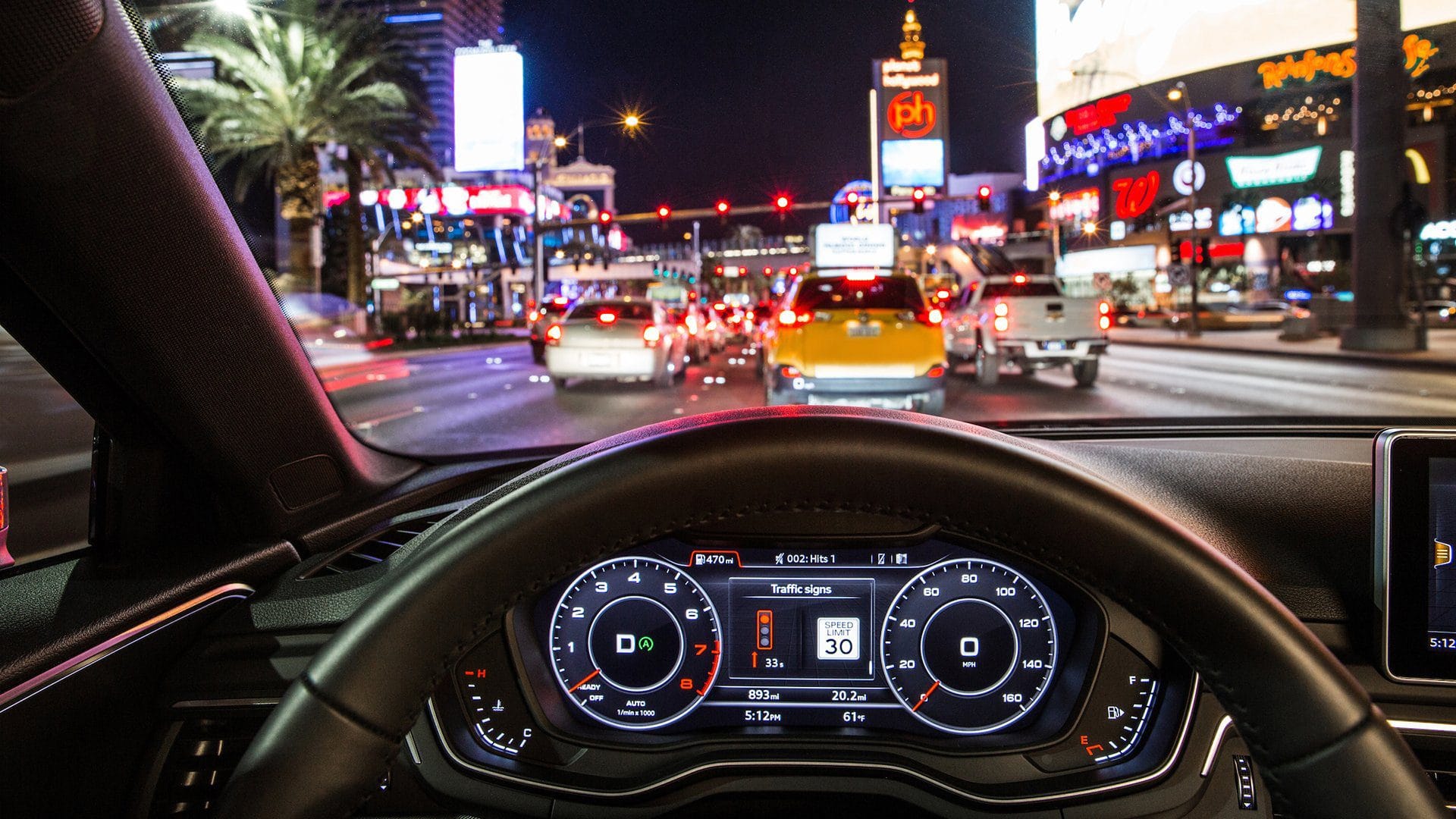Traffic sign recognition uses a front-facing camera to read road signs such as speed limits, stop signs and warnings. It displays the current sign on your dashboard and may alert you if you exceed the posted speed or ignore a warning. Here’s why it’s useful and some tips for using it:
- Keep the camera area clean. Dirt, bugs or a foggy windscreen can block the view, so wipe around your rear-view mirror regularly.
- Understand what signs it reads. Most systems recognise speed limits, no passing zones and stop signs, and show them on the dash or heads-up display.
- Set up alerts if available. Some cars beep or flash when you exceed the speed limit or ignore a posted warning.
- Look at the road first. Traffic sign recognition is a helpful reminder but not always accurate if signs are obscured or outdated.
- Watch for temporary signs. Roadwork and variable speed signs may not be detected, so stay attentive and follow posted instructions.
- Use it with cruise control. Some vehicles adjust cruise speed automatically based on detected speed limits.
- Check local regulations. Traffic sign recognition may not recognise every sign type in all regions.
- Avoid modifications. Tinted windscreens, dash covers or stickers near the camera can interfere with recognition.
- Update your software. Manufacturers release updates that improve sign databases and recognition accuracy.
Traffic sign recognition is a great co-pilot, but you’re still in charge. Always keep your eyes on the road and use TSR as a helpful guide. For more plain-English driving guides, visit the Driver’s Lounge.

Hiran Alwis is an automotive lecturer and ADAS specialist with over 15 years of experience in diagnostics, advanced safety systems, and technical training. He founded ADAS Project to help everyday drivers and workshop technicians understand and safely use advanced driver assistance systems.


1 thought on “Traffic Sign Recognition: How It Helps You”